Technology
Overcoming fuel quality challenges can help Africa to switch to cleaner transportation
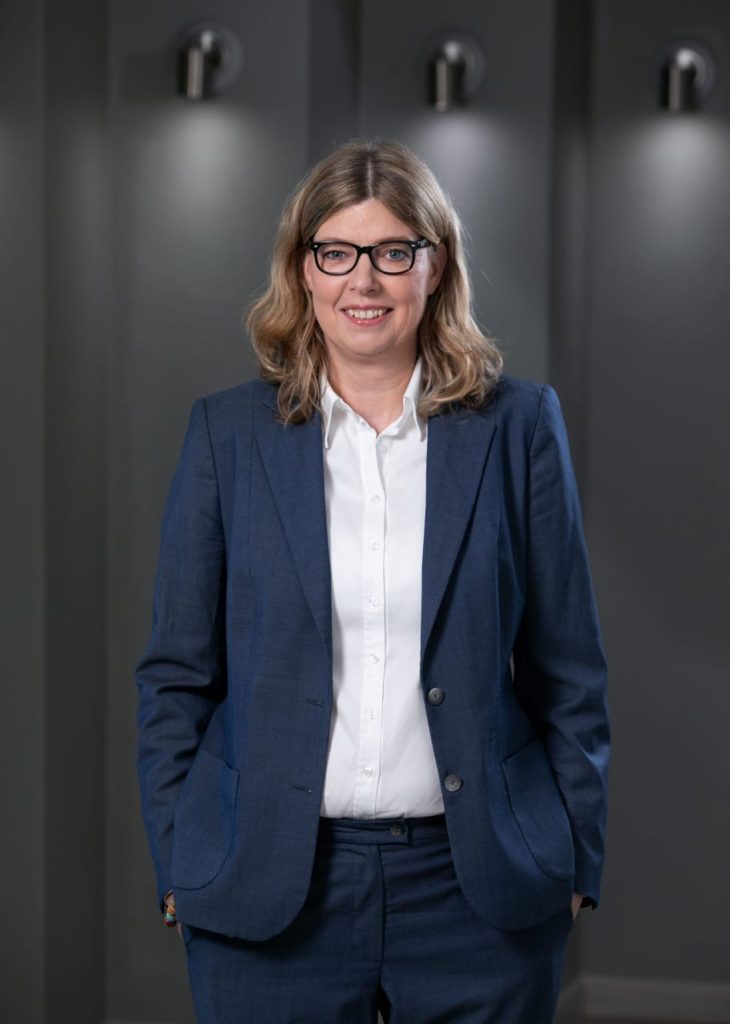
Africa has never been better positioned to take its rightful place in the top forums of the world. Across the continent, from North to South and East to West, African economies are showing higher projected future growth rates than in the past.
Major cities across Africa have already shown steady growth: both in economy and in size. As these cities grow, the demand for transport grows with it. Today these cities are teeming with all modes of transportation, from buses and trucks down to small passenger cars and motorcycles. The result of decades of used-vehicle imports combined with sub-standard fuels is that these major African cities face significant air pollution challenges. The congestion in African cities and fast-growing urban settlements is already subjecting the average commuter to extreme levels of air-pollution and with that the associated negative effects on human health.
What is required, now more than ever before, is a continent-wide switch to cleaner transportation. For Africa to succeed in this endeavour, all African countries will need to work as one.
Across the globe major economies in North America, Europe and Asia have made step-changes in regulating transportation emissions. Over the past 3 decades, Europe has gradually tightened tailpipe emissions and introduced mandatory vehicle technology that monitors emissions equipment, all in order to provide a cleaner environment for its citizens.
European emissions regulations history covers 6 stages from the first Euro 1 which was instituted in 1992, followed by Euro 2 in 1996. Euro 3 in 2000 was replaced by Euro 4 in 2005 and then replaced with Euro 5 in 2009 with today’s Euro 6 having been implemented in 2017. Europe now awaits Euro 7 in 2030. With these step changes through the stages the harmful emissions limits were reduced, emissions diagnostic equipment was made mandatory, and the required lifespan of the equipment was increased. In some stages new limits were introduced, such as particle mass and particle number.
The result: cleaner air for a cleaner environment. While Africa is guided by these European regulations, it lags in its implementation and enforcement. One may ask, but why have African states not implemented existing transport emissions regulations if they already exist? The answer lies in the continents’ fuel quality.
With each stage of emissions regulations, from stage 1 to stage 6, there has also been a step change in the mandatory fuel quality in order to enable the vehicle to meet the lower emissions targets. Cleaner Fuels combined with updated vehicle technology has brought about these reduced transport emissions. However these step changes have been lagging in most African states. The result is that new and used imported vehicles from Europe, Japan and North America have been negatively impacted upon by incorrect fuel quality, rendering their emissions equipment ineffective. In some cases this has led to post-sale modification of emissions systems, such as the removal of the catalytic converters or the deactivation of engine sensor hardware. Today’s Euro 6 emissions technology cannot operate on the available fuel quality in much of Africa.
Through the Public Eye report of 2016 Africa became known as the dumping ground for ‘dirty diesel’. A closer look into the in-market fuel survey data showed that in 2022 Africa had 11 petrol grades across the continent, with sulphur levels ranging from 10 to 10,000 parts per million (ppm), and 12 diesel grades, from 10 to 3,500 ppm. By way of comparison, in order to comply with Euro 2 regulations, sulphur levels must not exceed 500 ppm, and for Euro 5 it is limited to 10 ppm. Sulphur reduces the efficiency of catalytic converters and also adversely affected heated oxygen gas sensors. As sulphur occurs naturally in crude oil, its removal during the refining process is necessary.
Fuel survey data has also revealed the use of metallic additives to boost octane levels in petrol. Additives that contain lead, manganese or iron are strictly limited or banned in Europe as the resultant metallic oxides block or poison the catalytic converters, deposit themselves onto key engine and emissions equipment (such as spark plugs, oxygen sensors and particle filters) and in the case for lead, its adverse health effects are well documented.
Automotive fuels are more than just their sulphur levels and metallic content. They are designed to be ‘fit-for-purpose’ and each one of its 30-40 properties need to be strictly controlled in order to bring about the environmental benefits that modern vehicle emissions can provide. From octane levels in petrol to cetane levels in diesel, from density to the distillation curve, each one of the specification limits provide for a mandatory fuel quality for harmonious engine use and trouble-free emissions equipment which in turn realises a reduced impact of vehicle emissions on the environment.
The quest for clean fuels has been beset by regional differences and historical legacies, much like the story of Africa itself. Change can only happen with the right legislative environment reinforced by proper regulatory enforcement, which may range from the testing of imported fuel products when they land in the country to re-testing again when they are sold to customers at service stations. Import specifications need to be specific and aligned with technology requirements. For refineries these legislative standards must also apply.
Cleaner fuels will not harm older vehicle technology. In fact, cleaner fuels will reduce particulate emissions, reduce engine wear and burn cleaner compared today’s poor quality fuels. Reduced breakdowns will lead to reduced maintenance costs and will have a positive impact on economic growth. Getting there is neither simple nor straightforward, but these benefits have not gone unnoticed in some parts of Africa.
East Africa, on the whole, has made a commitment to creating both the legislative and the regulatory environment needed to introduce clean fuels. These countries are no longer dependent upon local refineries which leads to cleaner fuels importation directly from the producers themselves, whether they be in the Gulf or in Asia, who have agreed to supply a higher quality and more refined fuel to the region. The East African Community, led by Kenya looks to leapfrog to Euro 4 and perhaps beyond to Euro 6 emissions standards, with agreements already signed by Kenya and Uganda to make 50ppm sulphur fuels mandatory, with a further reduction to 10ppm under discussion.
South Africa, which once had six operational refineries but now relies on three with fuel importation required to meet its local demand, is still on its own long walk to clean fuel freedom. South Africa has deferred “Clean Fuels 2” (the next generation of fuel quality) by at least 10 years and aims for Euro 5 emissions standards in 2027. Until then it remains at Euro 2.
West Africa is a different situation altogether. There are markets that are significant exporters of crude oil to the rest of the world. There are also working refineries in the region. The refineries, while operational, are old. It will take considerable resources in terms of time and budget to convert them to refine clean fuels that will safeguard the environment.
As in most African issues, it comes down to affordability and short-term economics. There is the will to change, especially in Ivory Coast and Ghana, but in some countries like Senegal, it is left to private public partnerships to resolve the issue.
Africa also has the option to explore ethanol-based additives. Ethanol additives help the environment as they contain oxygen, which increases octane and reduces harmful emissions. Ethanol manufacture will create jobs, but not all regions have agricultural sectors that could produce the required levels for automotive blending. However, if a country is a major agricultural producer there is a great opportunity to convert the green waste into ethanol to boost octane, as is happening in Zimbabwe and is now being planned for Uganda.
The good news is that there is a universal realisation in African countries of the compelling need to move together to clean fuels and there is a comprehensive understanding of how the opportunities that will be unlocked outweigh the considerable challenges that still exist. What the African continent needs is a timeline setting milestones to ensure that the journey to this destination is coherent, just and equitable ensuring that no country gets left behind.
The clock is ticking as the world moves relentlessly towards clean mobility, transitioning beyond fossil fuels to new energy technologies such as hydrogen and battery-electric vehicles. If the continent does not change, Africa faces the very real prospect of being saddled with a catastrophically compromised transport system. Volkswagen is committed to doing whatever we can to ensure that this does not happen, indeed we are helping lead Africa’s change to ensure it achieves its potential and not squander it.
Martina Biene is chairperson and managing director of Volkswagen Group Africa and President of the Association of African Automotive Manufacturers (AAAM).
By Martina Biene
-

 AVIATION5 years ago
AVIATION5 years agoPhoto News: Air Peace commence flight operations to South Africa
-
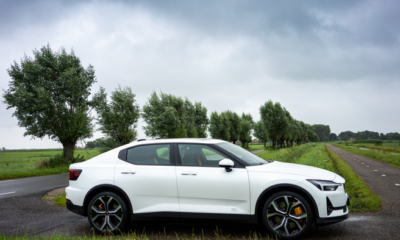
 Car News5 years ago
Car News5 years agoPolestar is recalls over 2000 electric cars due to software bug
-
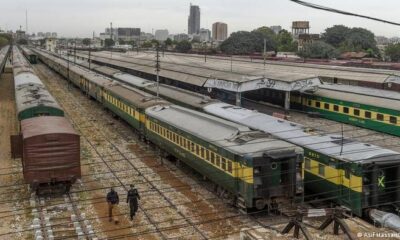
 RAIL5 years ago
RAIL5 years ago36 Killed in Pakistan Train Accident
-
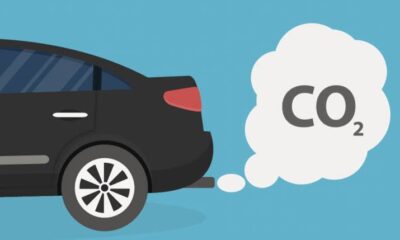
 Technology5 years ago
Technology5 years agoCommon mistakes in CO₂ emissions calculations
-
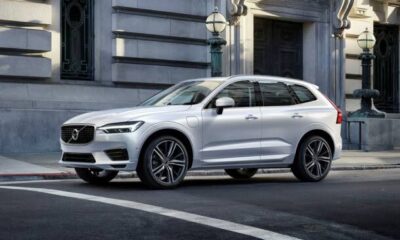
 Business5 years ago
Business5 years ago2016 Volvo XC60 review and specifications
-

 Reviews5 years ago
Reviews5 years ago2021 Audi A6 Specifications and Review
-
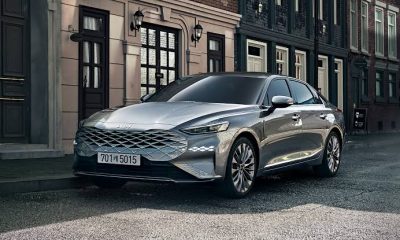
 Reviews3 years ago
Reviews3 years agoDebutant Kia’s new K8 sedan benchmarks luxury, safety
-
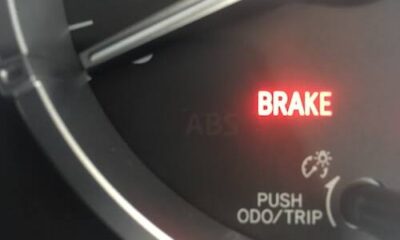
 SAFETY / CAR CARE5 years ago
SAFETY / CAR CARE5 years agoHandbrake warning light; what it means and what to do
